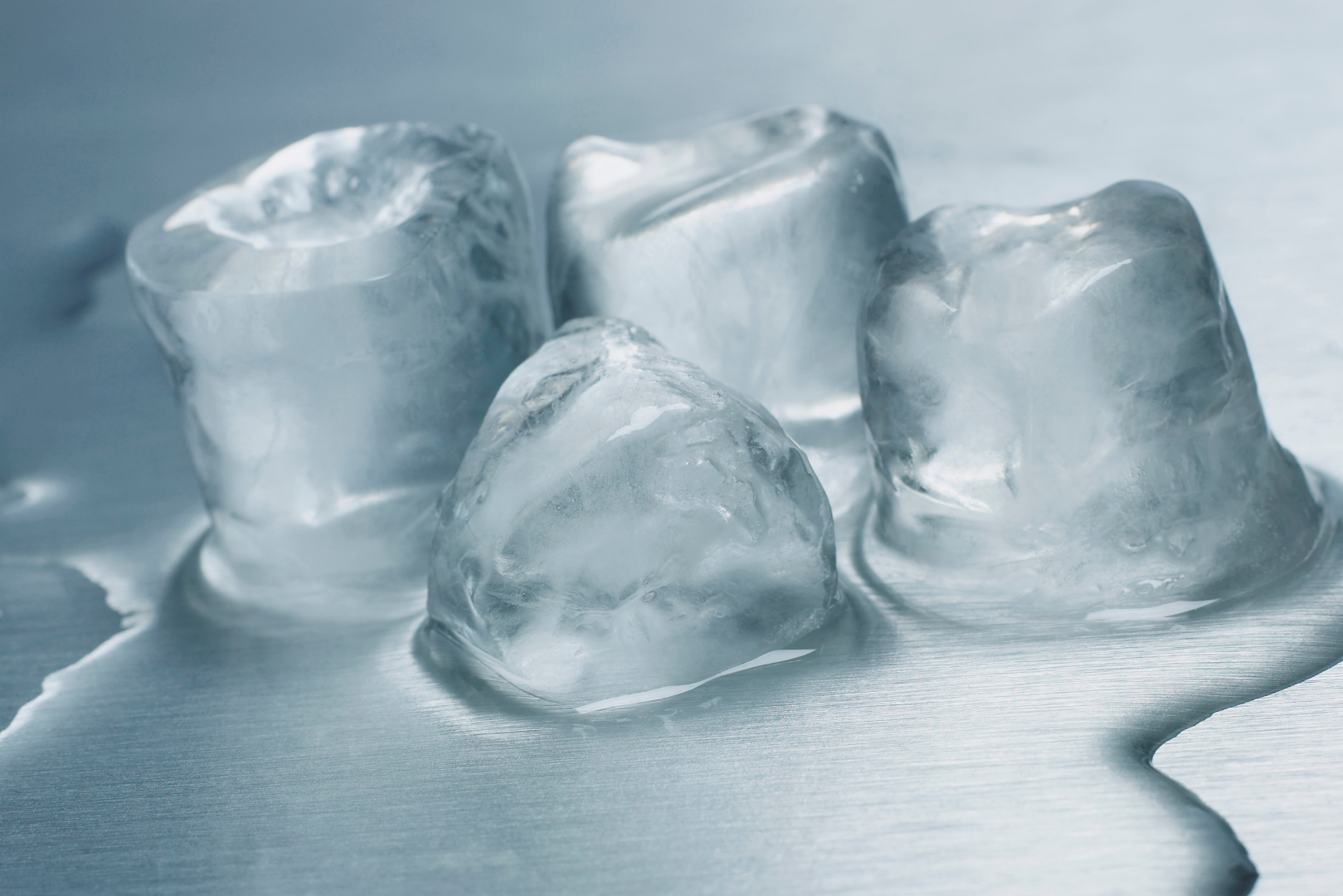Ice melts into water; it’s basically a given at this point, at least in the context of everyday life. In fact, the phase transition of water from solid to liquid, and finally liquid to gas, is so fundamental to the sciences that it forms the backbone of the Celsius temperature scale; the Swedish astronomer Anders Celsius simply divided the temperature range between when ice melts into water and when water boils into steam into one hundred (100) grades, hence the scale’s older name of the centigrade scale.
Of course, given the years of advancements in science and technology since the creation of the scale back in 1742, we’ve since explored the properties of water with even more detail. We now know that the phase transition temperatures of water really depend on pressure, too—it’s why water boils at a lower temperature the higher you go up a mountain.
Nowadays, we even have ways of exploring water at its extremes; we’ve seen how it needs “extra heat” to freeze on graphene, and how it morphs into a new state called “superionic ice,” a state it takes at extremely high temperatures and pressures.
Researchers from the University of Houston now have something to add to the constantly-growing list of “specifically odd things that water does,” as they’ve managed to convince water to stay liquid at temperatures as low as -44 °C (-47.2 °F)—that’s 44 degrees in Celsius below zero—all thanks to a special “soft interface.” The results of their unique study was published in the journal Nature Communications.
These remarkable findings were actually found together with another goal of the study, which was to just examine how water freezes to ice in as much detail as the researchers are capable of achieving.
In line with this, they designed a porous membrane made of anodized aluminum oxide (Al2O3), whose internal surfaces were coated with octane (C8H18), thus making the surface a “soft interface.” They originally wanted to examine just how water turns into ice at the smallest scales by confining the water within pores just 2 nm (nanometers; 2×10-9 m; 3.94×10-8 in) in diameter.
And true enough, they managed to see just how water freezes into ice at the smallest scales they could muster. It was here where they also found that some of the water droplets stayed liquid while in contact with the soft interface, despite the temperature readings displaying a frigid -44 °C (-47.2 °F).
This stretches what we know about water droplets, which have been previously known to exhibit a freezing “limit” of -38 °C (-36.4 °F); at that temperature, any water droplet should have already frozen into ice—or at least that’s how they were understood until this remarkable study came along.
“We found that if a water droplet is in contact with a soft interface, freezing temperature could be significantly lower than hard surfaces. Also, a few-nanometer water droplet could avoid freezing down to -44 °C if it is in contact with a soft interface,” said University of Houston Cullen Associate Professor of Mechanical Engineering Hadi Ghasemi.
Ghasemi continued: “Experimental probing of freezing temperature of few nanometer water droplets has been an unresolved challenge. Here, through newly developed metrologies, we have been able to probe [the] freezing of water droplets from [a] micron scale down to 2 nm scale.”
Ghasemi and co-authors believe that their findings can provide valuable insights into how animals can survive in freezing temperatures without experiencing cell death due to freezing, as well as the role that ice plays in climate models and organ preservation.
References
- Fickman, L. (2021, December 6). UH researcher pushes limit of when water will freeze. University of Houston. https://www.uh.edu/news-events/stories/2021/december-2021/12062021-ghasemi-ice-transformation-nanometers
- Hakimian, A., Mohebinia, M., Nazari, M., Davoodabadi, A., Nazifi, S., Huang, Z., Bao, J., & Ghasemi, H. (2021). Freezing of few nanometers water droplets. Nature Communications, 12(1), 6973. https://doi.org/10.1038/s41467-021-27346-w
- Irving, M. (2021, December 7). Soft surfaces keep water liquid well below freezing limit. New Atlas. https://newatlas.com/science/soft-surfaces-prevent-freezing-water/











